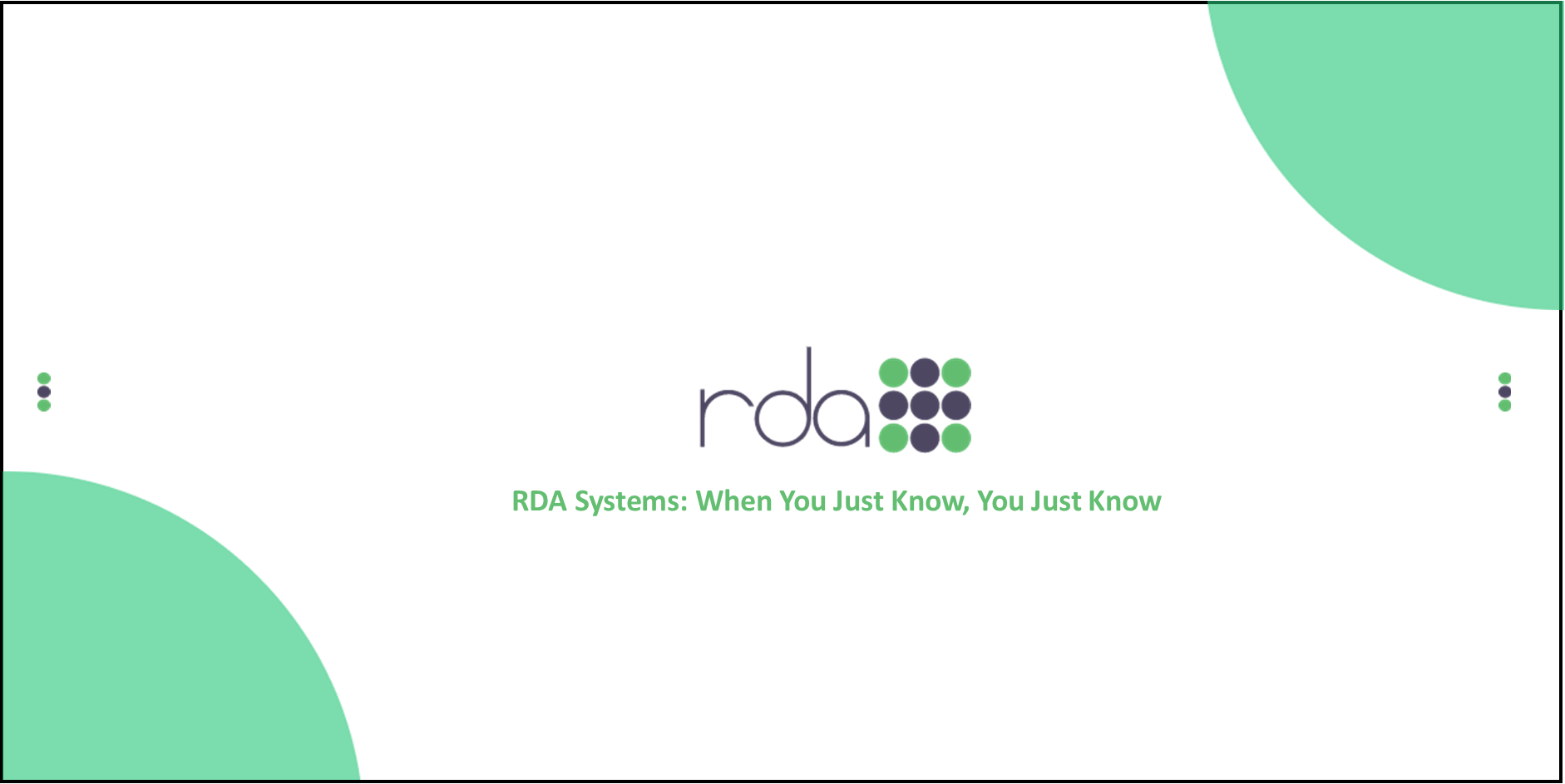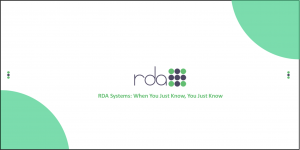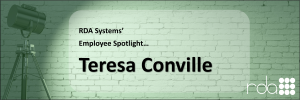By what method are you paying your employees? By now, most employers are paying by direct deposit, with about three-quarters of all employees being paid this way. This certainly saves time for the employer and employees, and reduces the employer’s expenditure on check stock, to the tune of $2.87-$3.15 per employee payment.
How you are distributing direct deposit transmittals (pay advices) to your employees is another opportunity for time and cost savings. Sure, printing on plain paper is less expensive than using check stock, but you can eliminate printing completely by emailing transmittal archives to employees directly from OpenRDA (with the necessary level of F.A.S.T.), or by making them available for employees to view/print in OpenRDA’s Employee Self Serve (ESS). Both of these options reduce your organization’s carbon footprint as well.
Another time-saving consideration: How are you reporting the direct deposit amounts to your bank? If you are saving the ACH File from OpenRDA to a diskette, or manually keying employees’ amounts on your bank’s website, know that there is a faster way. Most of our users upload the file to their bank, by a simple and secure method that allows them to select the file, verify the date and amounts, and click Submit. We’ll place a link to your bank’s website right on the ACH File’s DOS Copy Window screen, to make the upload process even more convenient.
Starting direct deposit is easier than you might think. If you’re considering offering it to your employees, or are interested in finding out more about uploading files to your bank, just submit a help desk ticket to our Payroll team. If you want to find out how you can make transmittals available to employees via email or ESS, please contact Mimi English. These are all opportunities by which OpenRDA can save you time and money, and help you gain employee satisfaction.






2 thoughts on “Paying Employees by Direct Deposit”
We make Direct Deposit Transmittals available to employees through ESS and love it! Saves time and paper!
Karen, we’re so glad that ESS is saving you time and money! Thank you for commenting!